April 8, 2016
| Article | Content,
Social Media
The Presidential Report Card: Candidates and their Digital Strategy
When John McCain and Barack Obama were battling it out way back in 2008 for the White House, there was one major difference between the two candidates’ marketing strategies: Obama embraced social media and McCain chose not to participate on any online platform.
As we know now, Obama’s use of social media helped him connect with the younger generation, who came out to vote in numbers we haven’t seen in decades. Voters ages 18-29 turned out at a higher rate in 2008 than in 2004 in several battleground states. It marked the first time social media gave any sway to a political candidate, and it most likely marked the last time any candidate would neglect to use social media as a part of their campaigning strategy.
As such, our 2016 presidential candidates now have to navigate the online world of anonymous trolls, endless marketing gimmicks, and a loss of control over their message. Regardless of your party affiliation, candidates on both sides of the aisle have experienced a myriad of marketing gaffes and successes that have bolstered or deflated their campaigns.
Here’s a brief overview of each of the candidates and a report card for their digital marketing performances.
Democrats
Bernie Sanders – B+
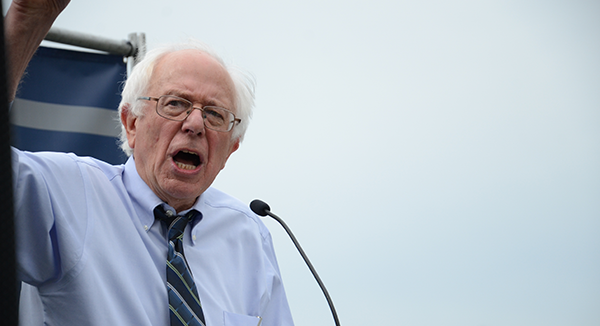
Bernie Sanders learned a thing or two from Obama’s grassroots campaign and message of “hope.” He has applied these lessons to his own political platform and speeches. From continually defining how socialism applies to his beliefs, to taking advantage of a clever and succinct hashtag (#feelthebern), Sanders has used the power of social media to earn an unprecedented number of supporters. While he was expected to drop out of contention early, he has instead built and maintained momentum through his social platforms and energetic town hall meetings. By staying ahead of the media cycle, he is controlling his message and counting on his supporters to spread it organically. So far, so successful.
Noteworthy Moments of the campaign:
- When a bird flew into a town hall meeting and came to rest on Bernie’s podium, the crowd erupted into cheers and the chance encounter went viral. Sanders’ campaign quickly jumped on the bandwagon and created a number of relevant memes and social content that played off a new hashtag: #BirdieSanders
- Aggressive male supporters of Sanders earned the nickname (and anti-feminist reputation) of “Bernie Bros.” Media coverage has been extensive and a number of female voters have been vocal about the negative influence of the “bros.”
Hillary Clinton – A
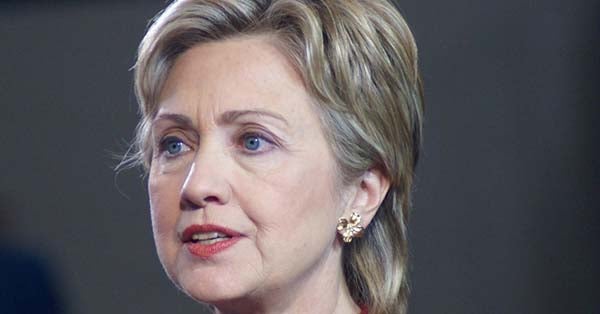
Purely in terms of social media adaptation and prowess, Hillary Clinton may well be leading the pack. She has run four separate campaigns during the course of her political career, but the launch of her 2016 presidential candidacy was without doubt her most concerted and well-orchestrated attempt to connect with a diverse group of people: she used Periscope, along with Facebook, Twitter, and even Snapchat to help share her first presidential rally with the world. Throughout the first months of the race, Clinton and her team have effectively used social platforms to spread their messages, and make sure they are on the cutting edge of any trending topics or viral campaigns. Some have even suggested Clinton’s marketing campaign mimics that of new media startups like Buzzfeed or Vox. With Obama’s digital wizard heading up her efforts, Clinton is pushing out original content (like quizzes, Gifs, articles, professional videos, and more) 24/7.
Noteworthy Moments of the campaign:
- A simple comment from “-H” herself on a Humans of New York Facebook post garnered over 100,000 likes. This allowed her to use grassroots methods to share an important part of her platform in a natural and endearing way.
- The digital marketing industry had a field day when they realized a hidden Easter egg on Clinton’s campaign site: the 404 error page contains a personal family portrait with the cheeky saying “Oops, that link wasn’t what it was quacked up to be.”
Martin O’Malley – C-
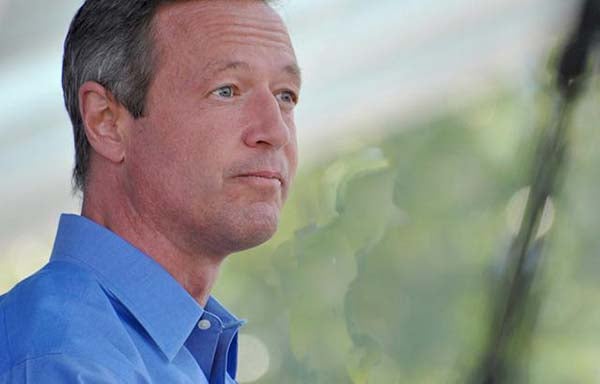
While Martin O’Malley has since dropped out of the race, while he was still a contender, he was not quite as successful at controlling his message online as the other candidates. Instead of gaining momentum and followers on social media, most posts and articles about O’Malley centered on one of two topics: his looks and his lack of speaking time at the Democratic debates. Instead of propelling him forward, social media worked against his campaign, contributing to his departure from the race in early February 2016.
Noteworthy Moments of the campaign:
- Endless memes about O’Malley being “the hottest presidential candidate since JFK” surface after first Democratic debate, effectively squashing any conversations about his political prowess.
- In sequential debates, most online chatter revolved around O’Malley’s lack of speaking opportunities and seeming uncomfortableness at being a “third wheel” in the conversation, again steering the attention away from his political achievements and beliefs.
Republicans
Ted Cruz – A-
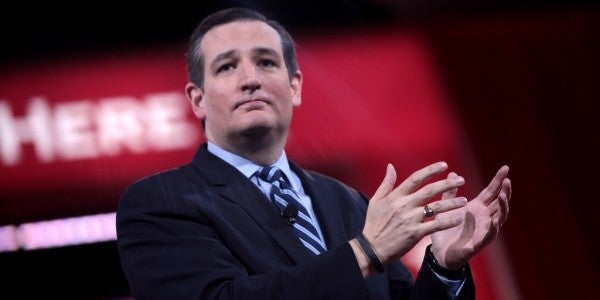
In terms of traditional campaigning and earning supporters organically through social media, Ted Cruz is the strongest example from the red party. Throughout the course of the race, he has put in the effort on the ground and online to target specific audiences and states with his consistent messaging and voter outreach. His social stats support this idea of him connecting closely with the digital audiences—of the Republican candidates, his website has received the most news mentions and the most social media mentions. His social media prowess began back in 2012 when he announced his run for Senate via conference call, conservative blogs and Twitter. He learned from that campaign and has adapted the most successful strategies to 2016, including audience-powered polls and quizzes, and weekly calls with influential conservative bloggers.
Noteworthy Moments of the campaign:
- Just after his announcement for candidacy for presidency, Senator Cruz who has lambasted President Obama’s Affordable Care Act, announced that he and his family would be signing up for the exact same program, to cover his wife’s leave of absence from her job. The internet blew up with condemnations of the Senator flip-flopping on his beliefs and calling the move to Obamacare ironic.
- Just as politicians can control their message on social media, competitors and those who disagree can disseminate their messages just as easily. Unfortunately for Ted Cruz, his ex-college roommate, Craig Mazin, has dedicated his social media presence to sharing stories and berating Ted Cruz.
Donald Trump – A+/F
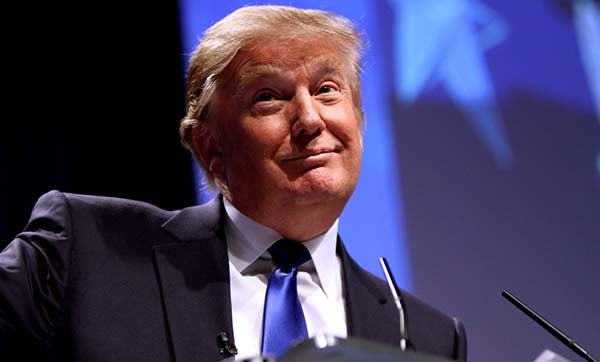
At this point in the race there is almost too much to say about Donald Trump. From his surprise candidacy announcement, to his off-the-wall comments and non-stop offensive tweetstorms, whether you love or hate Trump, his ability to grab the media’s attention and hold it is undeniable. While his campaign is not being run traditionally, and the candidate himself is responsible for 99% of the content published on his social media platforms, he has still seen great success from both positive and negative coverage. Unlike other candidates in the race, Donald Trump has earned consistent coverage from all news networks and has inspired an endless stream of opinion posts and conversations about what constitutes a real candidate and how the United States would change with Trump as president.
Noteworthy Moments of the campaign
- In every instance where a social media fail seemed eminent (think the failed #AskTrump Twitter convo), Trump has ignored the criticism and continued a seemingly endless stream of offensive and startling comments (looking at you, “haters & losers"), which keeps him chiefly in charge of the unusual and unique news cycle that surrounds him.
- Last Week Tonight with John Oliver used the main segment of their hour long show to debunk all of the common talking points that Trump has used to propel himself to the top of the pile. At the end of the segment, Oliver launched a new campaign to #MakeDonaldDrumpfAgain. The clip went viral, broke every HBO viewing record, was shared hundreds millions of times, and started trending on all social platforms. Since that broadcast in February, the media coverage of Trump and his antics has not slowed down, proving once again that for Trump, any attention is good attention.
Ben Carson – B
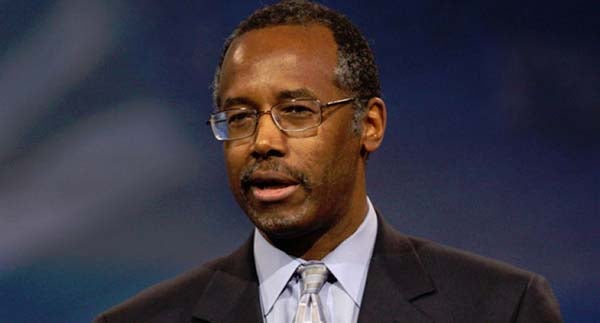
When Ben Carson entered the presidential race, he started from a place of respect and support as a professional, and began a long battle to keep his momentum up and his candidacy alive. Carson launched his political journey with the most Facebook followers of any candidate in the field (yes, more than Hillary Clinton and Donald Trump!), but the smallest list of donors. But, through the combined efforts of his online marketing strategies and fundraising campaigns, Carson pulled off one of the most successful social media fundraising campaigns, ever. He raised over $30 million in just one quarter, purely through social media fundraising. As his campaign manager Barry Bennett said, “We’ve dominated the process of converting likes to donors.” As the primary results came in, Carson was lagging in the polls and as his campaign lost steam, so did his social media support.
Noteworthy Moments of the campaign
- During an otherwise quiet night from Carson, when asked about how to vet Supreme Court nominees during a Republican debate, Carson replied by saying “The fruit salad of their life is what I would look at.” Social media took off immediately after the fruit salad comment and endless memes made the moment a huge part of the online discussion for the rest of the night and following days.
- Ben Carson’s campaign took to social media to share a map of the United States where over five states (mostly in the New England area) were placed in entirely wrong locations. The tweet was later deleted, but not before countless media outlets and social media users had screenshotted and shared the mistake across all platforms.
John Kasich- C
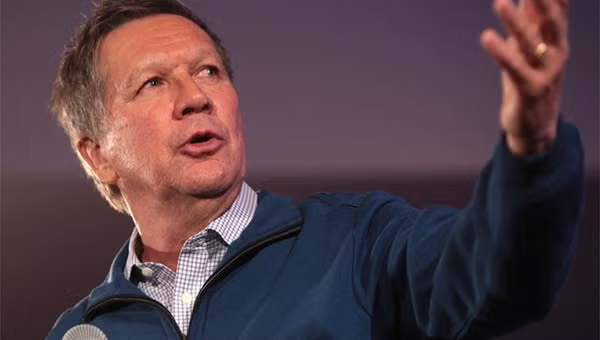
The Ohio Senator comes about as close to not utilizing social media as you can get for a political candidate these days. While he has a presence on the most popular platforms and posts on them regularly, he has never harnessed the power of the platforms for the betterment of his campaign. His team has gambled that he will be able to bring together Republican voters who value authenticity over religious disaffection and unity over aggressive divisiveness. It’s a hard line to follow, but as Kasich’s political advisor has said before: “Anger is a hard thing to sustain.” An ironic statement, considering more and more people are looking into Kasich’s angry past as a governor and senator—making the “warm & fuzzy” image he has built for himself a harder pill to swallow.
Noteworthy Moments of the campaign
- He remains the only candidate in the race who has not gone negative when discussing opponents in either party. While disagreeing with their stances, he has not yet stooped to the level of attacking another candidate. He seems to be hoping that campaigning against the grain will be a successful method of earning voters trust and respect.
- Op-ed pieces, like this one from a Cleveland columnist, wondered if John Kasich is “too much of a jerk to be President.”
Jeb Bush – D-
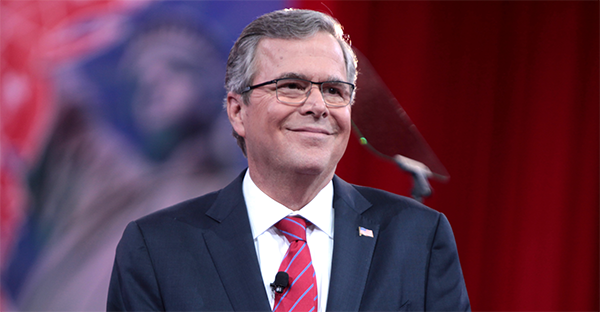
Poor Jeb Bush. Perhaps no other candidate faced harsher criticism from the media and online audiences than Jeb. Right from the start of his campaign, he got negative feedback across the board for his campaign slogan “Jeb can fix it” and the negative media coverage only got more intense from there. For example, after an eagle-eyed person spotted that JebBush.com was up for grabs, the eponymous URL was forwarded directly to DonaldTrump.com, bringing a media frenzy and endless tweets about the unfortunate mistake. From misuse of social media, to flip-flopping on his positions, to endless mocking by online audiences and political pundits, Jeb faced an uphill battle to the candidacy that eventually ended in late February of this year. Political campaigns have changed drastically since Bush last ran in 2002, and his rustiness showed early in his presidential campaign. There are literal lists of awkward moments that Jeb endured during his presidential campaign. ‘Nuff said.
Noteworthy Moments of the campaign
- After posting a playful image to Twitter of Bush learning how to give a weather forecast in front of a green screen, the internet went to work and published hundreds of Photoshopped responses to the images. Instead of taking offense to the doctored images (including Bush pushing over the Leaning Tower of Pisa, holding a sneeze in for Obama and connecting with ET), he joined in on the fun and retweeted his favorite one.
- At a town hall meeting in New Hampshire, Jeb Bush was giving an impassioned speech to a seemingly uninterested group. There was an awkward silence after he paused for audience reaction, prompting the former Florida governor to ask his audience to “please clap.” It was a cringe-worthy and excruciating moment that just so happened to be captured on video and then shared wide and far once it hit the internet.
As we have seen, some candidates have embraced the digital age and sprinted ahead, while others have hit more than their fair share of hurdles. Still, the race marches on and as we get closer and closer to each parties’ conventions, keep your eyes peeled to get a clearer view of just how the remaining candidates take advantage of and/or fumble with the world of digital marketing.